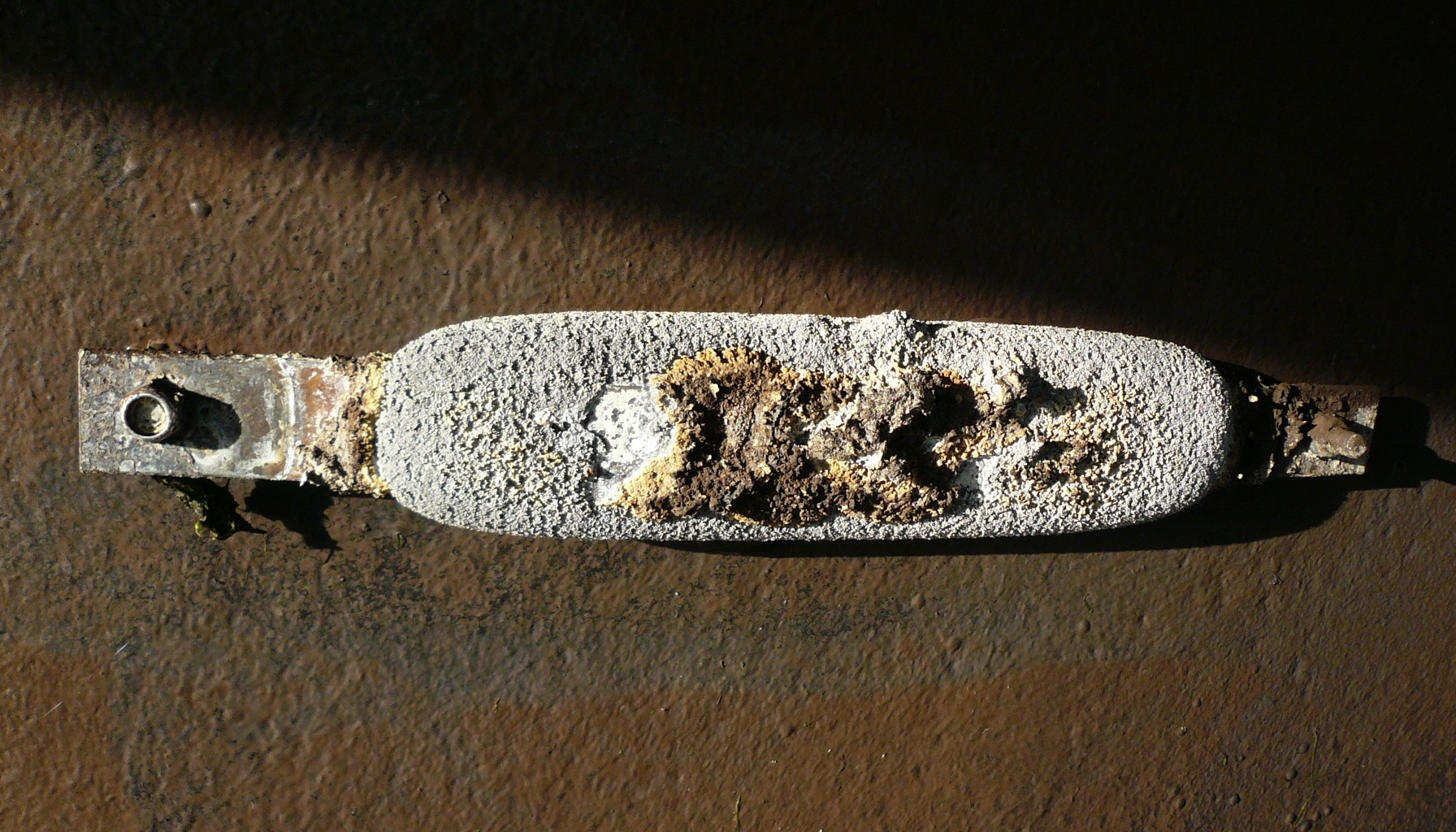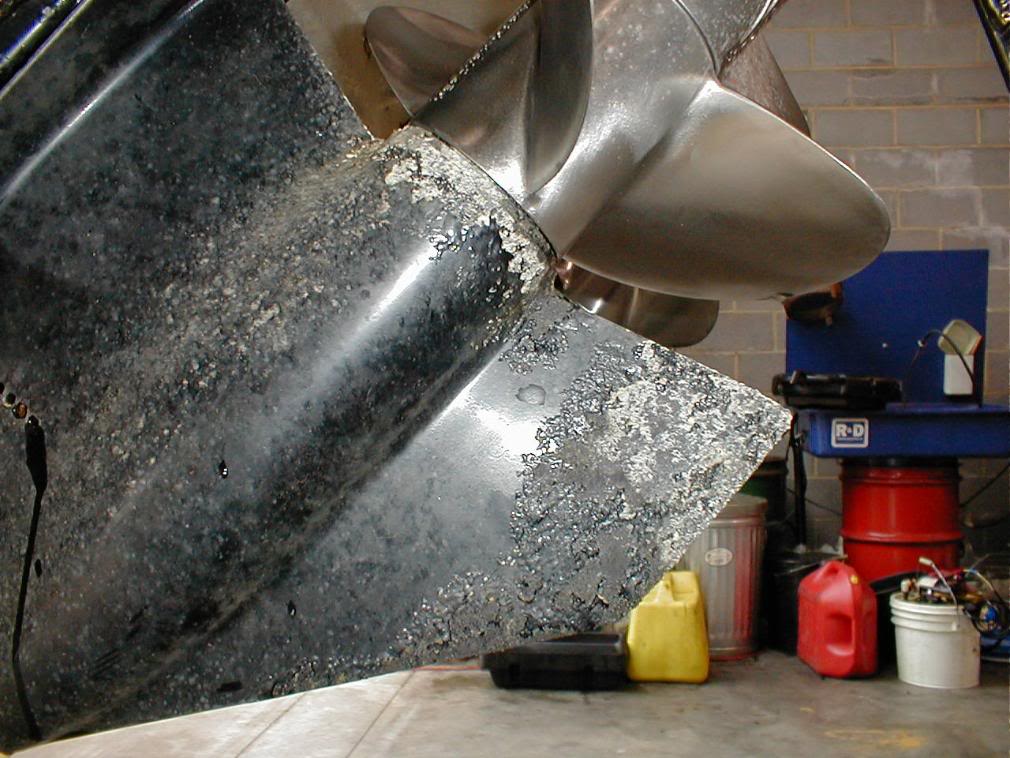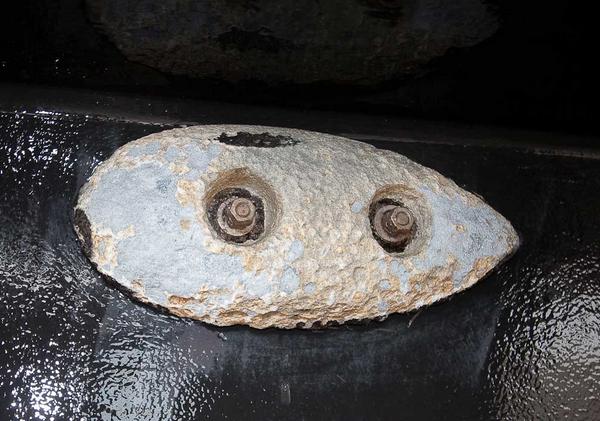
How to Choose Sacrificial Anodes
Corrosion is a very common problem with metal objects that come in contact with water, and boat engines are prone to this problem.
Contrary to popular belief, corrosion is not a problem that only occurs from salt water; fresh water (and especially if it is polluted) is almost as damaging to an unprotected boat engine.
Corrosion is a process that can destroy the engine both externally and internally. Internally, damage can occur if the seal is compromised and water gets into the gears. External damage (of the housing) negatively affects the performance of the engine and compromises its tightness.
Inboard sterndrive engines require attention to corrosion protection primarily because of the large surface area in contact with water and the high price of replacement parts. Given that boats with inboard engines tend to stay in the water longer than boats with outboard engines, the investment in engine protection is more than justified.
Corrosion protection
The best protection against boat engine corrosion is prevention through the use of sacrificial anodes and paints specifically designed for the water environment.
It is very important to check the engine regularly for signs of corrosion, especially the anodes. To provide maximum protection, they must be replaced when you see that they are consumed in a proportion of about 50%.
In the initial phase, corrosion will be observed in the form of small spots with swollen paint or small sections where the paint has already fallen off.

If you notice such spots (in sufficient numbers), the best solution is to sand the surface (very fine) and repaint.
Sacrificial anodes
Virtually all metals immersed in a conductive liquid give off a (very weak) electric current. When two metals are in contact and immersed in a conductive liquid, they form a galvanic cell (like a battery). The more noble metal is called the cathode, and the less noble metal is called the anode. The anode corrodes and protects the cathode.

To protect the engine, a less noble metal, the anode, must be sacrificed (corroded) to save the rest of the parts. This phenomenon occurs in both salt water and fresh water; only the speed at which the parts corrode differs, but obviously, more attention must be paid to engines operating in salt water.
Types of anodes
Not all anodes are made of the same material; depending on where you plan to use the boat, you will need to use the correct anode.
When it comes to the types of anodes, the main difference is the material they are made of; we have a choice between zinc, aluminum, and magnesium.
Although all types of anodes protect the engine, some will wear out faster than others depending on the type of water they are in.
So here's what you should know:
Zinc anodes are used in salt water.
Aluminum anodes can be used in both salt and fresh water.
Magnesium anodes are only used in freshwater.
For example, if we use magnesium anodes in salt water, they erode much faster than if we use zinc anodes in fresh water.
Aluminum anodes may seem to be the universal solution because they provide adequate protection in any environment, but they are not particularly good in any particular environment. If you are alternating between freshwater and saltwater, they are the most economical solution. However, if the boat is predominantly in freshwater, it is advisable to use magnesium anodes, and if the boat is in salt water, zinc anodes are preferable.
Always remember that regular inspection and replacement of anodes will save you from unforeseen costs and many annoyances.



